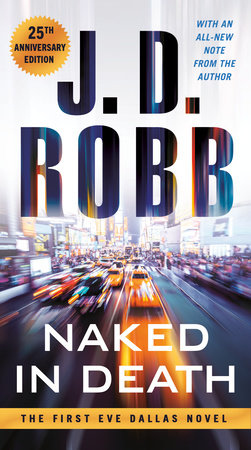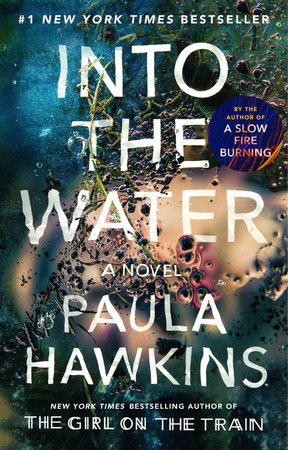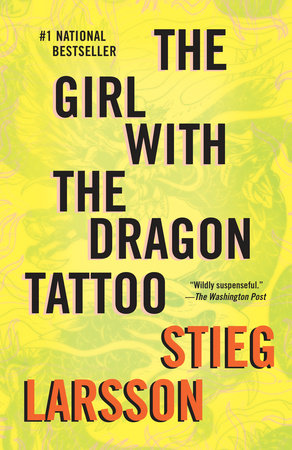
5 novels with kick-ass female protagonists
March 22, 2021
With Women’s History Month in the news, we wanted to hear from a male author to hear his perspective on what qualities are found in a strong female character.
Can a man channel a woman’s interior thoughts in a convincing manner? Can even the most earnest male author write a credible female protagonist without lapsing into gender stereotypes?
High-tech thriller author J.D. Lasica, who chose a female lead for his Shadow Operatives series, agreed to step up to the plate. Here’s my Q&A with him on the subject.
Alessandra Torre: Where do you start with any book – writing the characters or writing the story? Is that different when you're writing female characters?
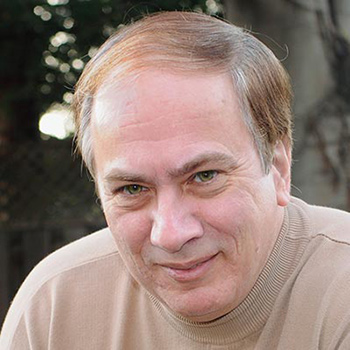 JD Lasica: As a thriller author, I typically start with a intriguing concept or situation that seems like it would be sufficiently meaty to entertain readers for at least 80,000 words – triple that amount if I’m writing a series. But that’s not enough. Readers won’t keep turning pages until you come up with some compelling, complex characters who aren’t just dealing with external events but grappling with inner demons or internal struggles.
JD Lasica: As a thriller author, I typically start with a intriguing concept or situation that seems like it would be sufficiently meaty to entertain readers for at least 80,000 words – triple that amount if I’m writing a series. But that’s not enough. Readers won’t keep turning pages until you come up with some compelling, complex characters who aren’t just dealing with external events but grappling with inner demons or internal struggles.
I chose Kaden Baker, a young woman with a scarred upbringing, as the protagonist for my Shadow Operatives series – mostly because I was tired of the clichéd brooding lone-wolf male hero seen in too many action thrillers. For the first book in the series, Biohack, I spent a lot of time in forums researching the gender identity issues she’d been dealing with since her early teens. To make sure I had it right, I hired someone to give the manuscript a sensitivity reading, and they made some valuable suggestions. (And I use “they” because that was the reader’s preferred pronoun.)
Kaden is the protagonist for all three books?
Yes. In Catch and Kill, she has to team up with her long lost father to rescue her kidnapped sister on an island off the coast of Florida. Now that I’m well into writing book three, I feel as though I know the character pretty well.
As a writer, you don’t want to come from a place of “what would a woman do here?” You want to know what that specific individual in your novel would do or say in an authentic way in every scene. You want to be in the same room with her. Listen to her voice intonations. Hear her breathing. Think along with her. And that means living inside your character’s head for long stretches of the day.
What mistakes have you seen other male writers make when writing from a woman's POV?
I know several authors who write thrillers and sci-fi novels with powerful, compelling female characters. And I’ve read more – perhaps most – who write dreadful one-dimensional cardboard characters. The common mistake I see is when they trot out a well-trod archetype: the bitchy wife, the time-strapped mom, the whore with the heart of gold. Really, that’s so lazy. Do your job! A writer ought to plumb deeper emotional depths and tap into humanity’s universal desires in a wholly unique way.
Are there any writers, male or female, whose female characters you especially admire?
Sure. And since I don’t consider myself the ultimate authority on the subject of creating flesh-and-blood female characters, let me point you to a number of writers who excel at just that.
1. Naked in Death by J.D. Robb was the novel that started it all in her bestselling In Death series that features New York City homicide detective Lieutenant Eve Dallas ’round about the year 2058. Robb’s techno-predictions are pretty clueless, but that’s offset by the sparks set off when Eve is attracted to a roguish billionaire who happens to be the leading suspect in her murder investigation.
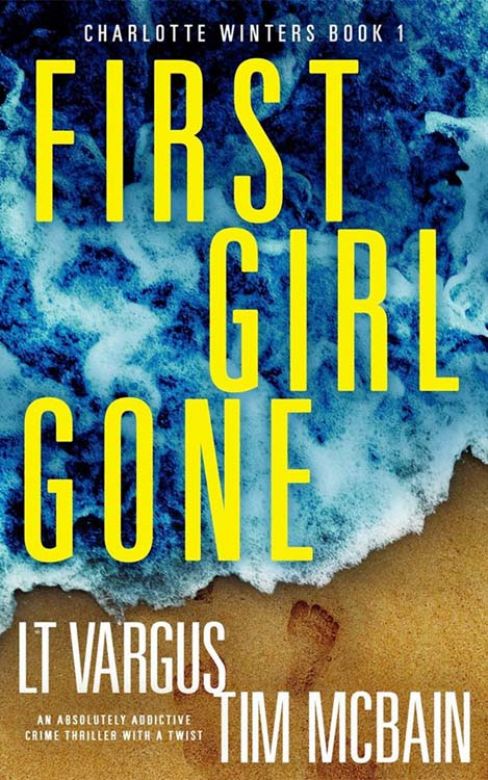
2. First Girl Gone, by LT Vargus and Tim McBain, gives us the multidimensional Detective Charlie Winters, who returns to her childhood hometown to take up the case of a young girl who’s gone missing. Charlie is haunted by her own demons in the form of her twin sister, Allie, who disappeared years before and was never found. Then a second girl’s body washes up on the beach. Charlie begins to realize that the disappearances are connected. But as someone sets a deadly trap for her, is it too late?
3. Just about every thriller author tips her cap to Paula Hawkins for the sleight-of-hand storytelling in her No. 1 bestseller The Girl on the Train. But her second novel, the psychological thriller Into the Water, is equally gripping. Do we have another unreliable narrator in Jules Abbott, the parentless, friendless 15-year-old narrator who sees deep, dark secrets bubbling to the surface of the town she’s trapped in? You’ll have to read it to find out.
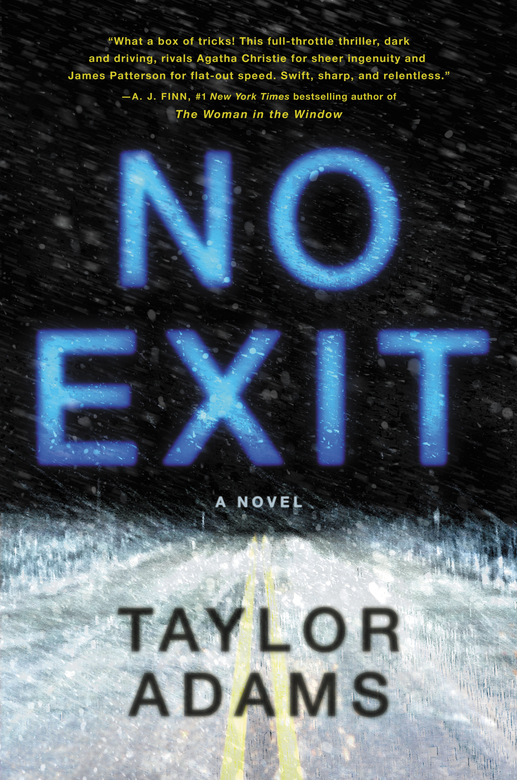
4. The setup of Taylor Adams's No Exit is simple as can be. Darby, a college student with a mature if slightly jaded outlook on life, becomes stranded at an off-highway rest stop along with four other travelers during a blizzard. As she nears the rustic cabin, for a split second she thinks she sees something strange through the window of a snow-covered van in the parking lot: the hand of a young child trapped inside. Did she really see that through the frosted window, or did she imagine it? Over the next few hours, Darby engages in a bit of cat and mouse with the other travelers as she tries to play amateur sleuth and tease out what’s really going on as everyone battens down the hatches to ride out the storm. For long stretches of the book, Darby’s thought processes are conveyed credibly by the male author, in my estimation.
5. In The Girl With the Dragon Tattoo, the late Stieg Larsson gave us the moody, take-no-guff, kick-ass Lisbeth Salander – whom many have compared Kaden to, by the way. She’s the prototypical hero for our modern age, an emotionally hardened young woman who hacks her way through escalating crises in a tangled tale of murder, money, and power.
